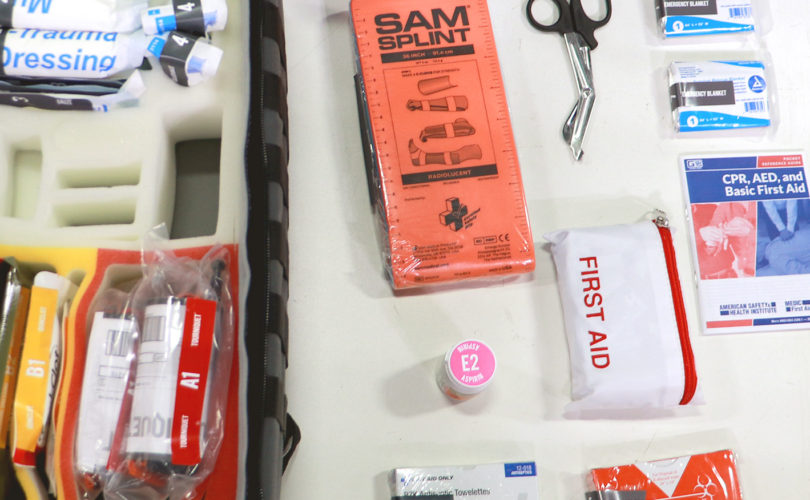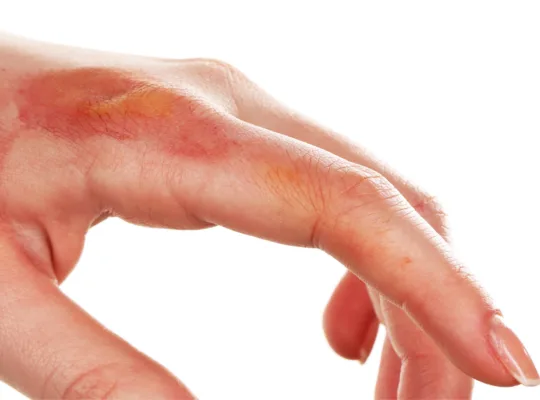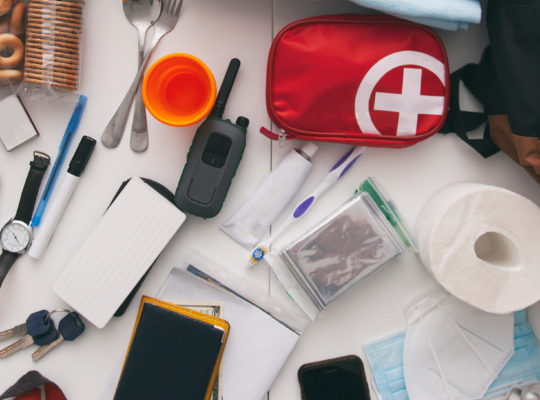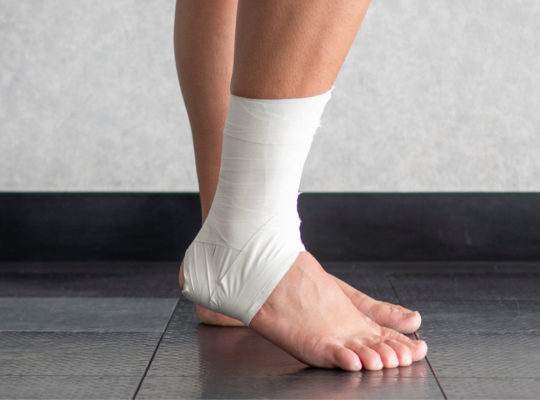Understanding the IFAK Before You Build One The Individual First Aid Kit — or IFAK — has become a staple in tactical, emergency preparedness, and survival gear circles. But before you start assembling your own, it helps to understand what an IFAK actually is, why it was invented, and what belongs inside.
In this guide, we’ll walk through the origins and purpose of the IFAK, explain what should go in one (and why), and help you decide whether to build your own or buy a professionally packed kit like our American-made Tactical Trauma IFAK.
What Is an IFAK? The IFAK was first developed in 2003 by the U.S. military as a personal trauma kit for soldiers. Unlike general first aid kits, IFAKs are designed specifically to treat life-threatening battlefield injuries such as arterial bleeding, chest wounds, and airway obstructions — often under fire and with minimal help.
These kits follow the MARCH protocol:
- Massive Bleeding
- Airway
- Respiration
- Circulation
- Hypothermia/Head Injury
The idea: give every service member the tools to self-treat or help a buddy until medics arrive.
What Should Be in an IFAK? While civilian kits vary, a well-stocked IFAK typically includes:
- Tourniquet: CAT or SOF-T, used to stop arterial bleeding
- Pressure Dressing: For deep lacerations or gunshot wounds
- Compressed Gauze / Hemostatic Agent: To pack deep wounds and control bleeding
- Nasopharyngeal Airway (NPA) + Lube: To manage airway obstructions
- Vented Chest Seals: For sucking chest wounds / penetrating trauma
- Trauma Shears: To quickly cut through clothing or gear
- Nitrile Gloves: Maintain hygiene during treatment
- Emergency Blanket: Prevent shock and hypothermia
- Marker: To note time tourniquet was applied
How to Build Your Own IFAK: DIY Approach If you want to build your own kit, here’s how to get started:
- Start with a quality pouch: MOLLE-compatible and easy to open one-handed.
- Buy components from trusted brands: Look for TCCC-compliant gear used by EMTs and military.
- Prioritize layout and access: Pack the kit in MARCH order so the most critical items are easy to grab.
- Check expiration dates: Especially on items like NPAs, chest seals, and hemostatic gauze.
⚠️ Caution: While you can find extremely cheap “IFAK” kits on sites like Temu or eBay, be wary. Many of these include low-quality knockoffs that may fail under pressure — and wouldn’t pass any form of military inspection.
DIY vs. Pre-Made: Why Buying Can Be Smarter Assembling your own IFAK gives you full control — but it takes time, research, and usually ends up costing more than expected once you buy all the components individually.
If you’re looking for a battle-tested, professionally packed option, check out our American-made kit: ➡️ Read our in-depth review of our Tactical Trauma IFAK
Bonus Tips: How to Use an IFAK
- Train: Gear alone isn’t enough. Take a Stop the Bleed or TCCC course if you can.
- Practice Access: Know how to open your kit and deploy its contents quickly.
- Place It Wisely: Keep your IFAK where you can reach it with either hand.
Final Thoughts: Build Smart or Buy Right IFAKs are not general-purpose first aid kits — they’re designed to save lives in high-stakes emergencies. Whether you build your own or buy one pre-packed, the key is to know what belongs inside and why.





